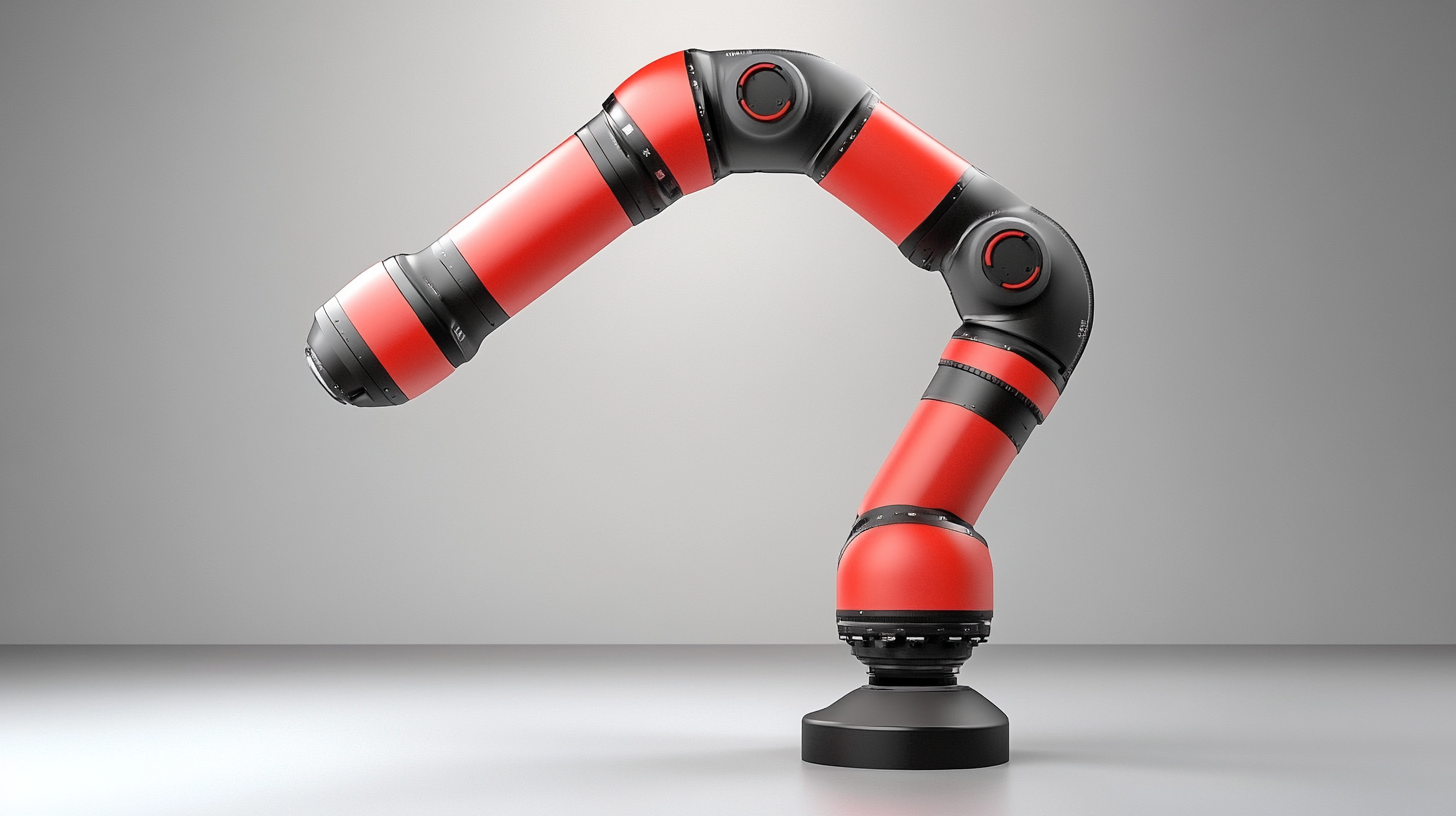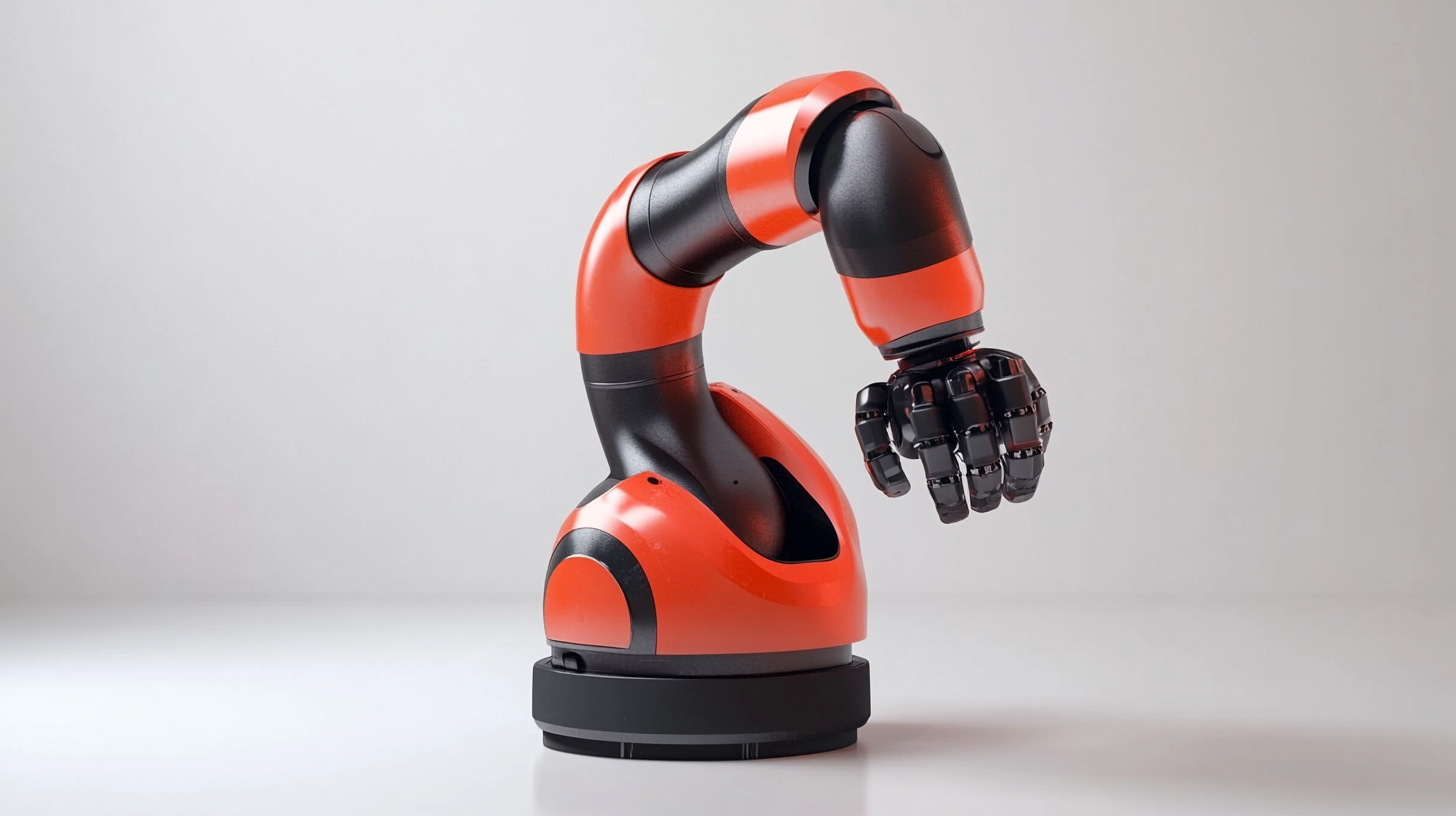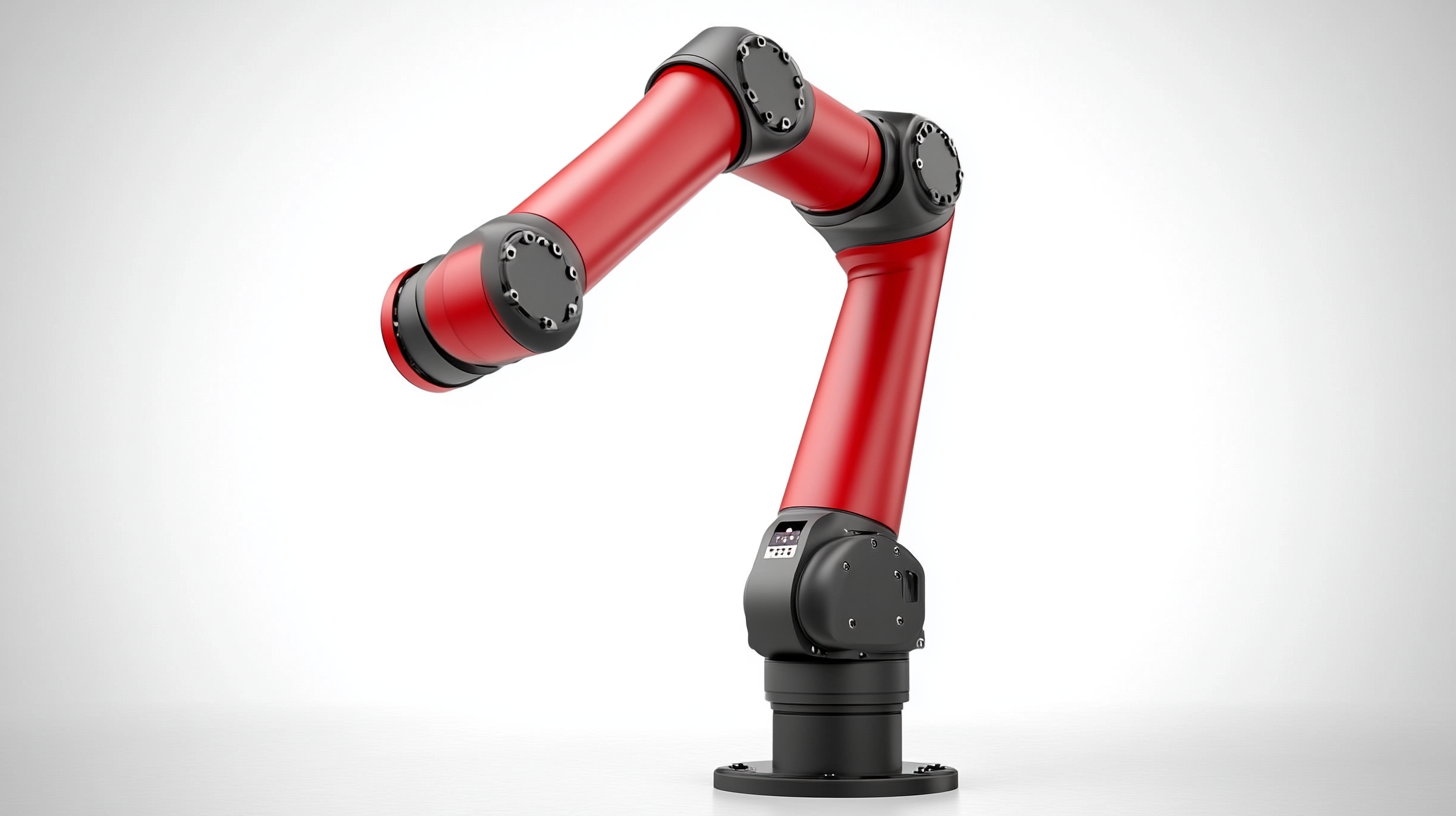Maximizing Cost Efficiency with Collaborative Robots Through Superior Support and Maintenance
As industries increasingly embrace automation, Collaborative Robots (cobots) have emerged as a vital solution for enhancing operational efficiency. According to the International Federation of Robotics (IFR), the global market for cobots is projected to reach $12 billion by 2025, demonstrating a staggering annual growth rate of 50%. This surge is largely attributed to their ability to work alongside human operators, performing repetitive and labor-intensive tasks with precision and agility. However, to truly maximize cost efficiency, companies must prioritize superior support and maintenance for these robotic systems. A recent report from McKinsey indicates that underperforming robots can lead to significant downtime, costing businesses up to 20% of their potential productivity gains. By investing in robust maintenance strategies and support frameworks, organizations can not only enhance the performance of their cobots but also ensure a higher return on investment, ultimately leading to long-term operational success in a competitive landscape.

Understanding the Role of Collaborative Robots in Modern Manufacturing
In modern manufacturing, the integration of collaborative robots, or cobots, has transformed how industries operate. These robots are designed to work alongside human operators, enhancing productivity while maintaining safety standards. Unlike traditional industrial robots that often operate in isolation, cobots are equipped with advanced sensors and AI-driven capabilities that allow them to interact seamlessly with human workers. This collaborative setup not only boosts efficiency but also fosters a more flexible production environment, enabling manufacturers to adapt quickly to changing demands.
Moreover, the role of cobots extends beyond mere automation. They are instrumental in alleviating labor shortages and reducing repetitive strain injuries among workers by taking on monotonous tasks. This allows human employees to focus on more complex and creative responsibilities, enhancing job satisfaction and overall workplace morale. Additionally, the implementation of superior support and maintenance practices for these robots maximizes their cost efficiency, ensuring minimal downtime and optimal performance. As companies continue to embrace collaborative robots, their contribution to modern manufacturing is becoming increasingly vital, paving the way for more innovative and sustainable production processes.
Maximizing Cost Efficiency with Collaborative Robots
This pie chart illustrates the various contributions of collaborative robots in modern manufacturing, highlighting efficiency gains, cost savings, and support maintenance.
Key Benefits of Effective Support and Maintenance for Collaborative Robots
Effective support and maintenance for collaborative robots (cobots) plays a crucial role in maximizing operational efficiency and cost-effectiveness in industrial settings. According to a report by the International Federation of Robotics, companies that prioritize routine maintenance can reduce downtime by as much as 30%. This proactive approach not only minimizes disruptions in production but also extends the lifespan of the robots, allowing businesses to maximize their return on investment. With the global cobot market projected to reach $12 billion by 2025, effective maintenance strategies are essential for companies looking to stay competitive.
Moreover, the integration of predictive maintenance technologies can further enhance the operational capabilities of collaborative robots. Data from McKinsey indicates that companies employing predictive analytics can reduce maintenance costs by up to 15%. By leveraging real-time data and machine learning, businesses can anticipate potential issues before they lead to significant breakdowns, leading to a smoother workflow and better resource management. This shift towards data-driven maintenance ensures cobots remain operational and efficient, ultimately allowing companies to invest more in innovation and growth while minimizing unexpected repair expenses.
Strategies for Reducing Costs Through Proactive Maintenance Programs
In today's fast-paced industrial landscape, organizations are increasingly realizing the importance of proactive maintenance programs to maximize cost efficiency. Traditional maintenance strategies that rely on routine checks often lead to unnecessary downtimes and inflated operational costs. Instead, integrating predictive maintenance technologies, such as machine learning, empowers companies to anticipate equipment failures before they occur. This shift not only minimizes unexpected outages but also optimizes resource allocation, resulting in significant cost savings.
Industries like oil and gas have reported substantial reductions in maintenance costs—up to 67%—through advanced communication solutions that enhance operational productivity and ensure reliable connections in challenging environments. By embracing digital transformation and adopting smart technologies, businesses can create a robust maintenance framework that adapts to their unique needs. As the landscape evolves, the integration of Internet of Things (IoT) in smart buildings exemplifies how innovative approaches can lead to improved efficiency and reduced training time, further illustrating the effectiveness of proactive maintenance strategies.
Enhancing Productivity with Real-Time Technical Support for Robotics
The integration of real-time technical support in collaborative robotics is transforming the landscape of industrial automation, significantly enhancing productivity. With the advent of advanced communication technologies such as 5G, robots can now operate with greater efficiency, enjoying high-speed and low-latency connections. This ensures that technical support is just a click away, allowing businesses to respond swiftly to issues that could otherwise result in costly downtime. The combination of immediate access to support and the robust capabilities of collaborative robots creates a proactive approach to maintenance, keeping operations running smoothly.
The rise of artificial intelligence in tandem with robotics is further revolutionizing productivity across industries. AI-driven systems are equipped to adapt and learn from their environment, leading to smarter decision-making processes. As enterprises increase their investment in AI solutions, the synergy between AI and robotics becomes even more critical. Enhanced real-time support ensures that robots can maximize their potential, performing tasks with unmatched precision and reliability. This harmonious blend not only boosts efficiency but also provides a significant competitive edge in an ever-evolving marketplace. Through a focused approach on support and maintenance, businesses can fully leverage the advantages of collaborative robots, driving innovation and growth in their operations.

Case Studies: Successful Implementation of Collaborative Robots in Diverse Industries
The integration of collaborative robots (cobots) across various industries has demonstrated significant benefits in cost efficiency and productivity. According to a report by the International Federation of Robotics, the global market for collaborative robots is expected to grow at a compound annual growth rate (CAGR) of 41% from 2020 to 2025. This impressive growth is reflective of successful implementations in diverse sectors, from manufacturing to healthcare.
In the automotive industry, a leading manufacturer reported a 30% increase in assembly line productivity after deploying cobots to assist human workers. These robots not only streamline repetitive tasks but also improve precision, thereby reducing errors and waste. Similarly, in the healthcare sector, facilities that adopted cobots for administrative tasks such as patient record management saw a reduction in operational costs by up to 25%, allowing staff to focus more on patient care. The synergy created by human-robot collaboration highlights the potential for these technologies to enhance efficiency across a range of applications while also driving long-term sustainability in productivity.
As more case studies surface, the narrative surrounding cobot implementation continues to evolve, demonstrating their capability to adapt to various operational needs. Companies are increasingly recognizing the value of investing in superior support and maintenance for their cobots to ensure optimal performance and longevity, further maximizing their return on investment.





